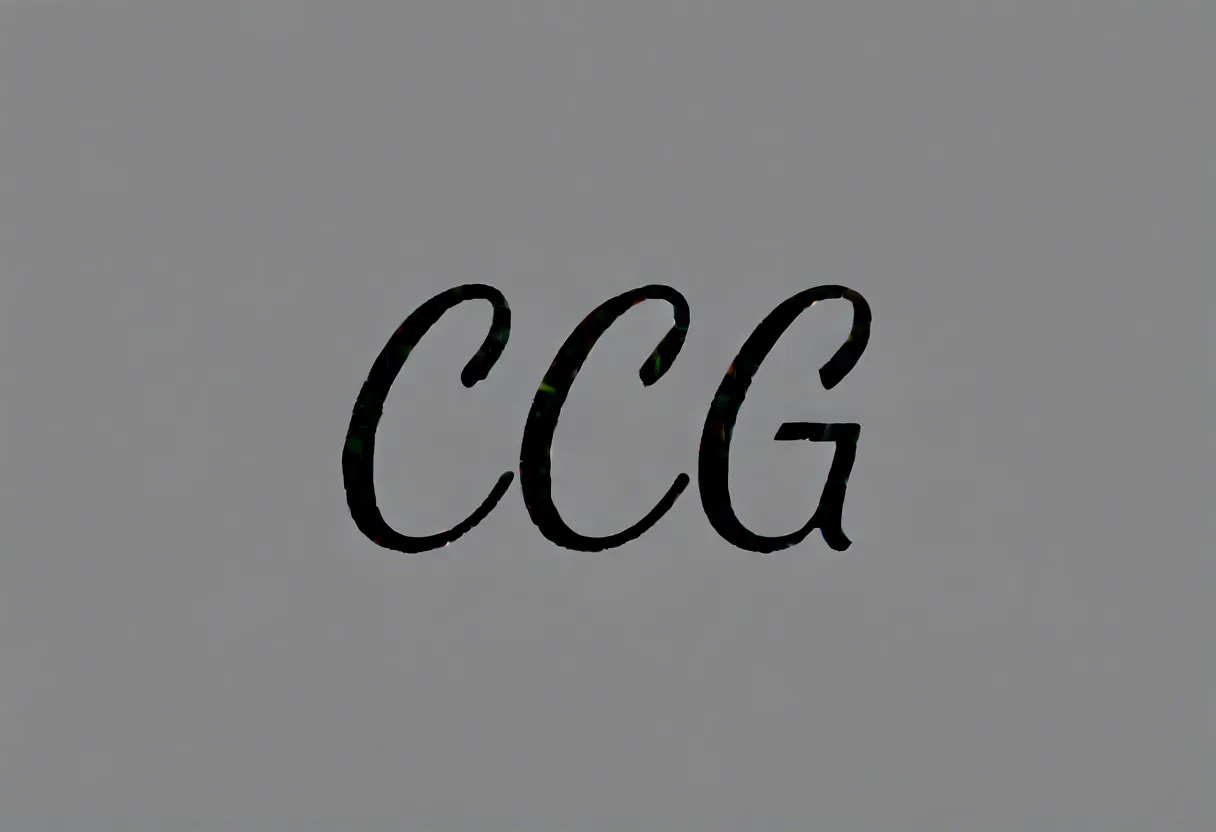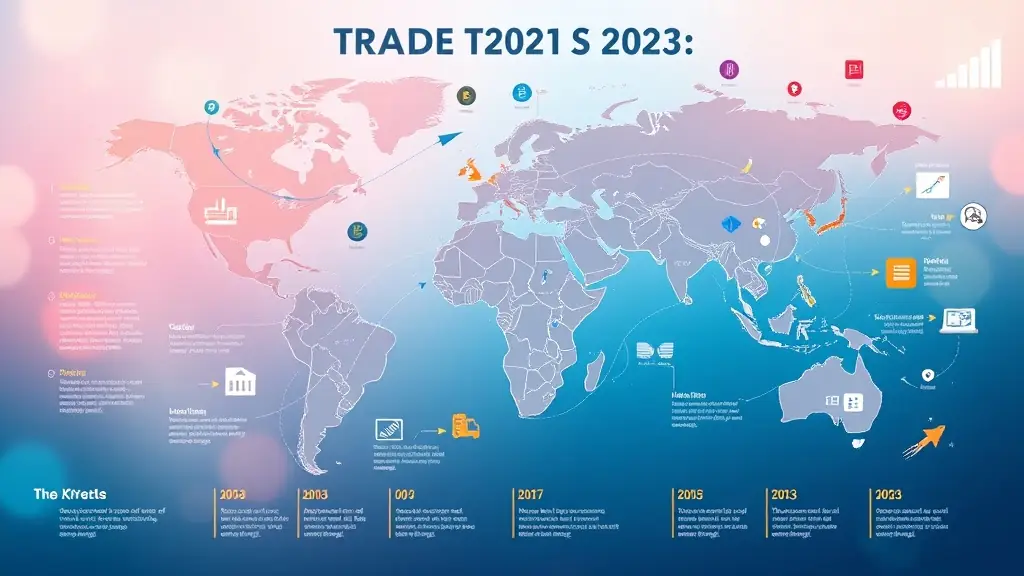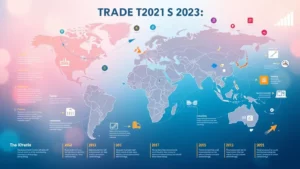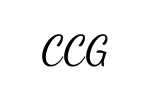As we move into 2023, several key trends are shaping the landscape of international trade. One of the most significant trends is the increasing emphasis on sustainability and ethical sourcing. Consumers are becoming more conscious of the environmental and social impact of their purchases, prompting manufacturers to adopt more sustainable practices. This shift not only meets consumer demand but also enhances brand reputation and opens up new market opportunities.
Another trend to watch is the rise of digital trade and e-commerce. The COVID-19 pandemic accelerated the adoption of online platforms for trade, and this trend is expected to continue in 2023. Manufacturers who leverage digital tools and technologies can streamline their operations, reach new customers, and enhance their overall efficiency. Embracing digital transformation is no longer optional; it is essential for staying competitive in the global market.
Finally, geopolitical factors will continue to influence international trade dynamics. Trade policies, tariffs, and international relations can all impact market access and supply chain stability. Manufacturers must stay informed about these developments and be prepared to adapt their strategies accordingly. By being proactive and flexible, businesses can navigate the complexities of the global trade environment and seize new opportunities as they arise.





